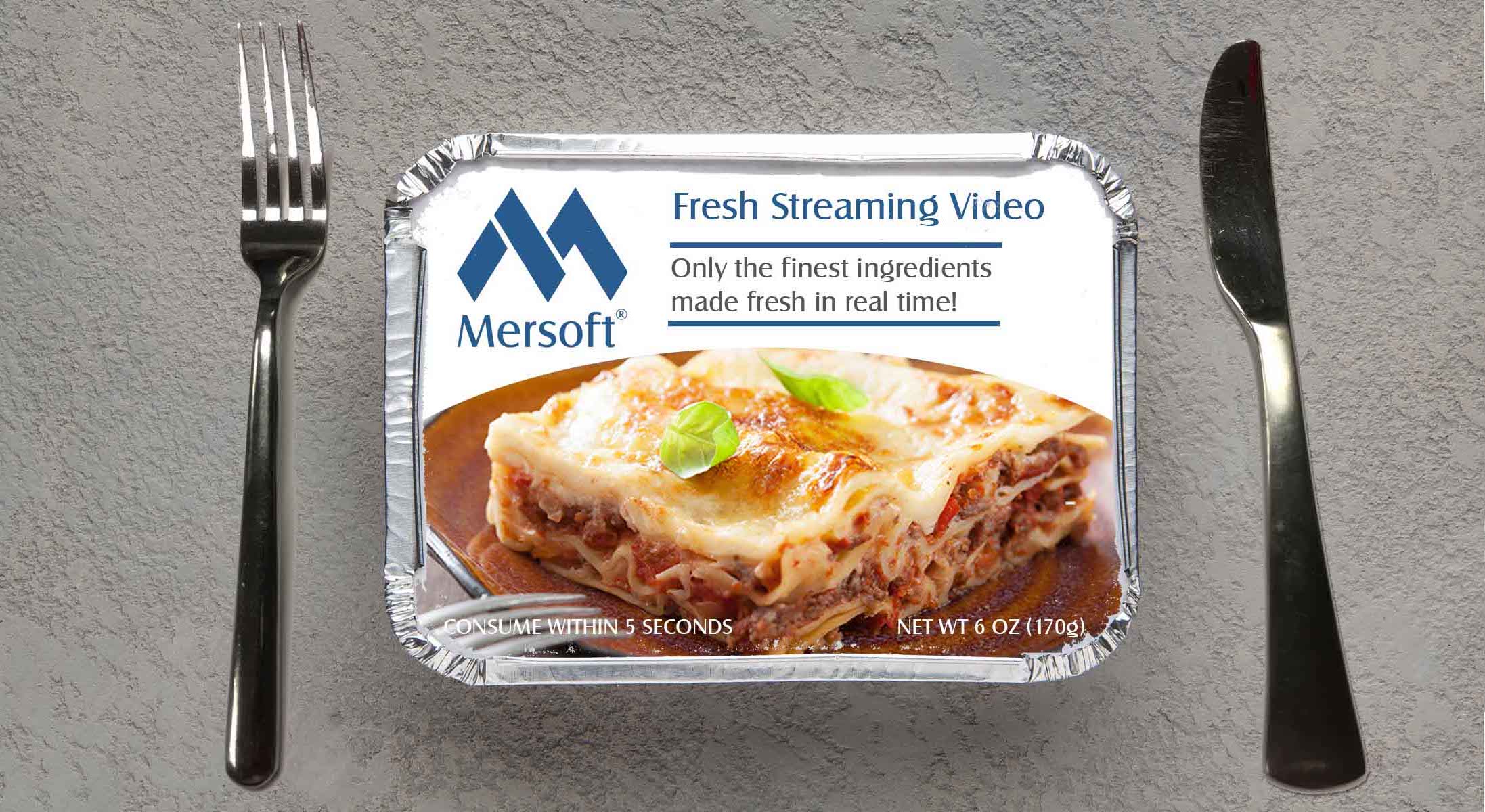WebRTC Live Streaming Buy or Build?
In any buy-versus-build decision, of course, every product vendor wants a business to buy their product. Don’t try and implement it yourself they say. It‘s just like a frozen dinner. Why labor over a hot stove when you can microwave a delicious meal in just 7 minutes! A WebRTC live streaming buy or build decision is similar.
Companies—especially technology companies— love to build things themselves. However, time is money. We see this so often in WebRTC live streaming. Companies full of smart engineers learn about WebRTC. They try a few reference implementations (Google’s AppRTC is a popular choice), pick some Platform-As-A-Service APIs, and an engineering team will think, “How hard could it be?” Then, three months later, they realize it is more challenging than anticipated. The hypothesis seems to be that WebRTC is a complete solution. But really, it is just a really good tool. There’s still significant WebRTC experience needed to use that tool to create a successful solution in addition to a deep understanding of audio and video protocols, performance and best practices.
Some of the challenges people discover:
- Reference implementations are simple browser-based video chat, not useful for an actual product.
- WebRTC does not specify signaling and there are many ways to do it, each with pros and cons depending on the situation.
- Hard Costs: WebRTC has its own challenges and takes time and R&D labor to master.
- Opportunity Costs: In many cases, WebRTC is not delivering a critical part of the business. Those smart engineers could have focused on strategic features that make the business unique, rather than on WebRTC.
At Mersoft, we’ve invested a lot of research in our products that use it. Furthermore, we specialize in specific use cases focused on delivering the best technology to convert live media to WebRTC, HLS and DASH. Mersoft has the fastest startup times, the lowest lag, and does it all without transcoding. Our SDK eliminates the need for Flash, browser plug-ins or ActiveX controls. These are the areas we deliver real value to customers so they can jump over the learning curve and focus on their core strategy.
A few things that set Mersoft apart:
- We don’t force customers to use our client apps (the SDK is powerful)
- We don’t force customers to use our cloud (can be installed in your datacenter)
- We have the ABSOLUTE BEST technology to convert video to WebRTC, HLS and DASH. The fastest startup times, the lowest lag, and no transcoding using Mersoft stream™.
It seems to be a fairly common situation that Mersoft will engage after a customer started to do it on their own. Occasionally in a sales visit, they ask, “Who are your competitors?” We will say, “Sometimes, you are!”
While Mersoft is focused on delivering key value in specific areas, we do it for some pretty diverse use cases including home security, video surveillance, social media live streaming, unified communications and more. So, contact Mersoft today and learn about how we can help you get your WebRTC live streaming product to market faster, and don’t labor over a hot stove.


